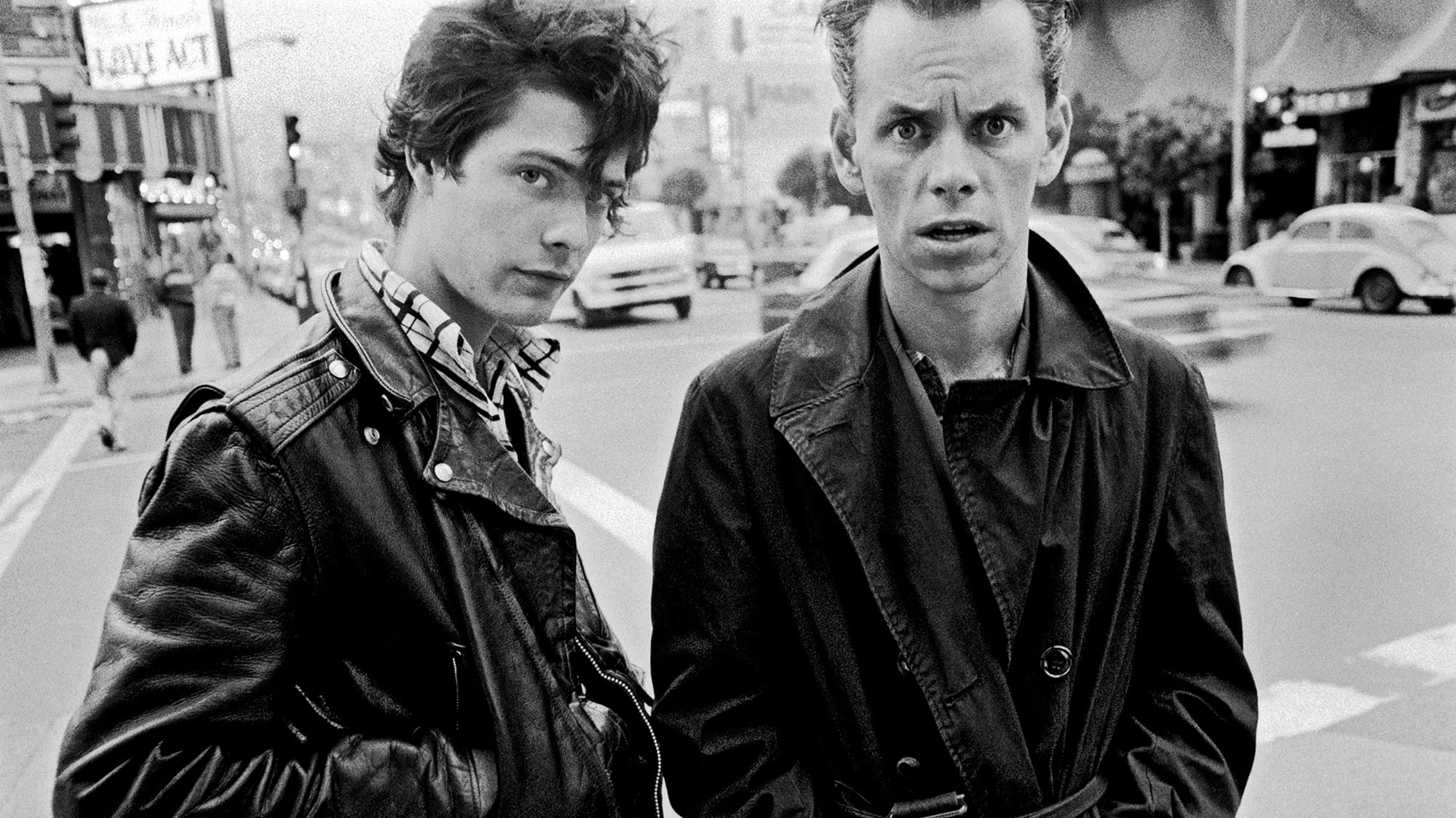Long before it became a playground for budding millionaires, San Francisco was a city filled with freaks. Its punk scene, like a lot of early punk scenes, drew art students, outcasts, weirdos, and plenty of people just looking for a new kind of kick.
Ruby Ray was one of those artists, but she also picked up a camera and made surrealist-inspired photos documenting the city of the time. Originally from Buffalo, she moved to San Francisco in the mid-’70s, after checking out the New York scene in 1973. “Punk epitomized the idea of free consciousness. People were aware of what they were doing in the moment,” she tells Mother Jones. “It was very of the moment. They were intelligent people, having fun, pushing the edges, being creative. They didn’t worry about making money or being accepted or getting played on the radio. That wasn’t even an option.”
Ray got a job working at Tower Records, which is where she met V. Vale, budding publisher of a music magazine called Search & Destroy. Ray convinced Vale that what Search & Destroy really needed was more, bigger photos. She was right. Vale asked her to photograph a band for the second issue. From there, Ray’s photos helped define the look of the magazine, and subsequently spread the word of San Francisco and West Coast punk.
She found herself at the Mabuhay, the hub of San Francisco punk, photographing local bands like the Mutants, Crime, and the all-woman band VS. As a photographer for Search & Destroy, she also photographed William Burroughs and the early industrial scene, including demonstrations by the machine-based performance art group Survival Research Laboratories.
Her new book, Kalifornia Kool, Photographs 1976 – 1982 (Trapart), collects Ray’s photos from the early punk scene, mostly in San Francisco, but also from Los Angeles and London. The result is a rare, exceptional window into those earliest days of the West Coast punk scene.
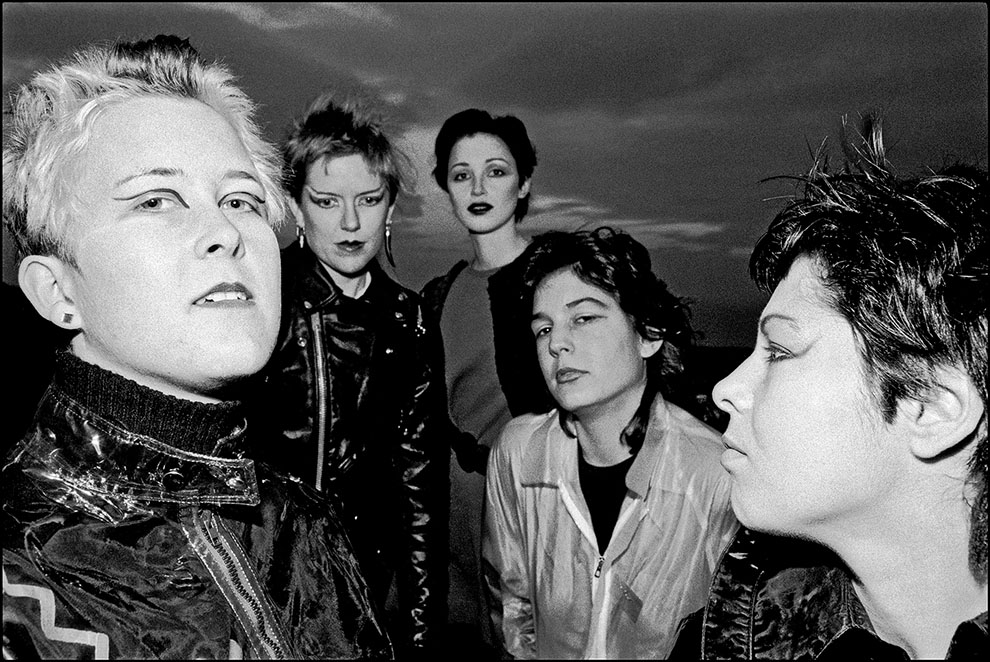
VS
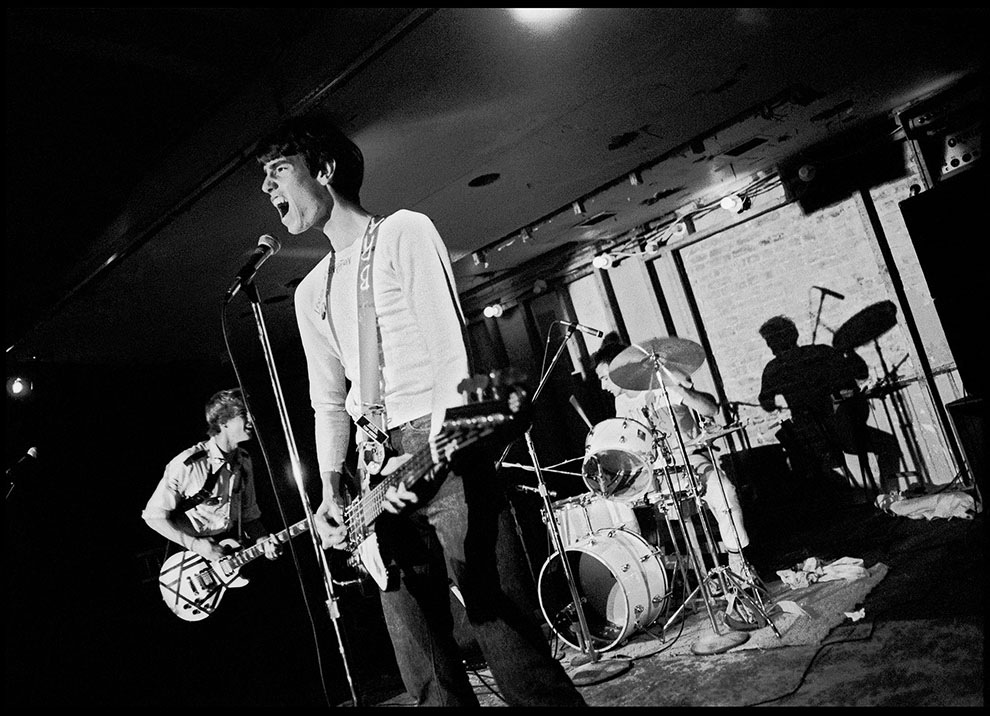
The Dils
“I really loved to photograph Penelope [Houston, of the Avengers], and the Mutants,” Ray says. “They were willing to do crazy things. We’d go out and they’d do anything. The Screamers, they were great. I really liked all our bands. I wish I could have taken more photographs. I just didn’t have money for more film, so the pictures had to count. I didn’t set out and decide to document the scene.”
“I wanted to work on a magazine, do something real,” she adds.

Paul Roessler and Tomata du Plenty of the Screamers
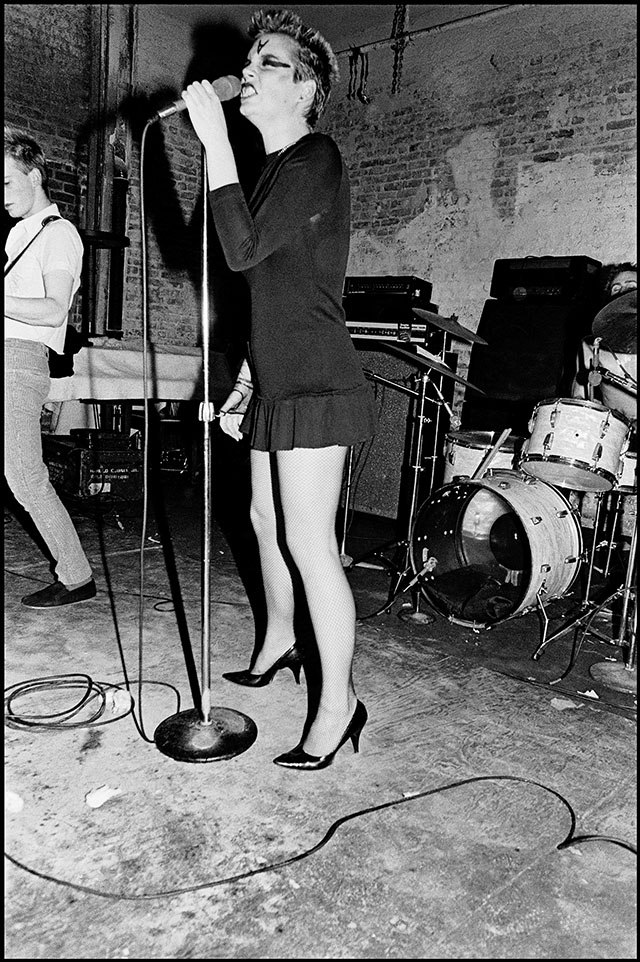
Penelope Houston of the Avengers. Ray says Houston caught flak for this outfit because some in the scene felt it was too “sexy,” which countered the androgynous look that was favored.
Ray didn’t just photograph San Francisco-based bands, she also captured touring bands stopping in the city. She spent a day with Devo early in its career, shot the Cramps at the Napa State Mental Hospital, and photographed Sid Vicious the day after the Sex Pistol’s famed final concert at Winterland. That concert, though, was one that Ray didn’t photograph, and it still bugs her.
As she explains, “I didn’t photograph the Sex Pistols show because Bill Graham [the concert promoter] wouldn’t allow cameras in, not for the general public. It was a wild event. Backstage was crazy. I don’t even remember how I got back there. They were shaking up beer, then spraying it, creating like a slip and slide. I was really sad I didn’t get to take any photos of that. It was pretty wild.”
When punk hit, it hit hard and changed rapidly. From 1976 to 1982, the years covered in Ray’s book, the punk scene made a drastic transformation. And it changed even more after 1982, as hardcore punk became more popular. “I left San Francisco in ’82, so I missed the whole hardcore scene. It became too aggressive then,” she says. “I moved to New York. I was part of the East Village Art scene in the ’80s, which was amazing. It was like the punk scene in a way, in that it was a real underground scene, for about 10 years. Some of those artists became millionaires.”
Ray says that when people look at the photos of punks from the first wave, “they look at us and think we look normal. By today’s standard, we did. But it was a really shocking thing at the time to wear a suit with really short hair, that kind of thing.”
She adds, “A lot of people think that it was violent. And it maybe was later, when hardcore came along. But the old school punk wasn’t necessarily violent. There was some black humor violence, or pushing your limits like Sid [Vicious] or Darby [Crash] cutting themselves. Some people think that that we were unintelligent. That’s wrong. A lot of the people were very intelligent.”
Her behind-the-scene pictures, people hanging out on the streets and in their flats, capturing the going-ons off stage, really help give context to the ecosystem from which the music came. Because, though punk was very definitely about the music, it was a lot more.
Like punk, or any underground movement, once the scene becomes widely popular, Ray says, “it loses what made it special.”

Darby Crash and Alice Bag.

The Zeros, in Los Angeles

Genesis P-Orridge and Cosey Fanni Tutti of Throbbing Gristle, in London

Mark Mothersbaugh of DEVO faces off with a crowd member
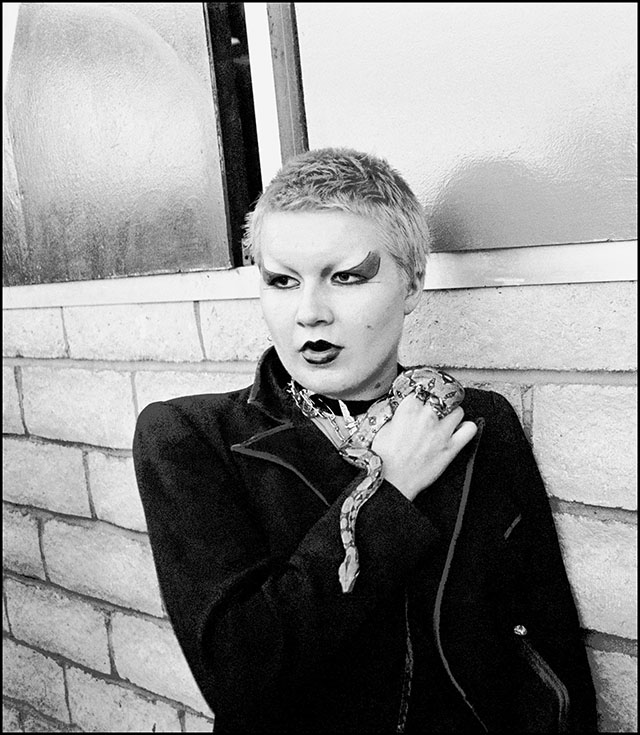
Helen Killer, one of Los Angeles’ Plunger Sisters
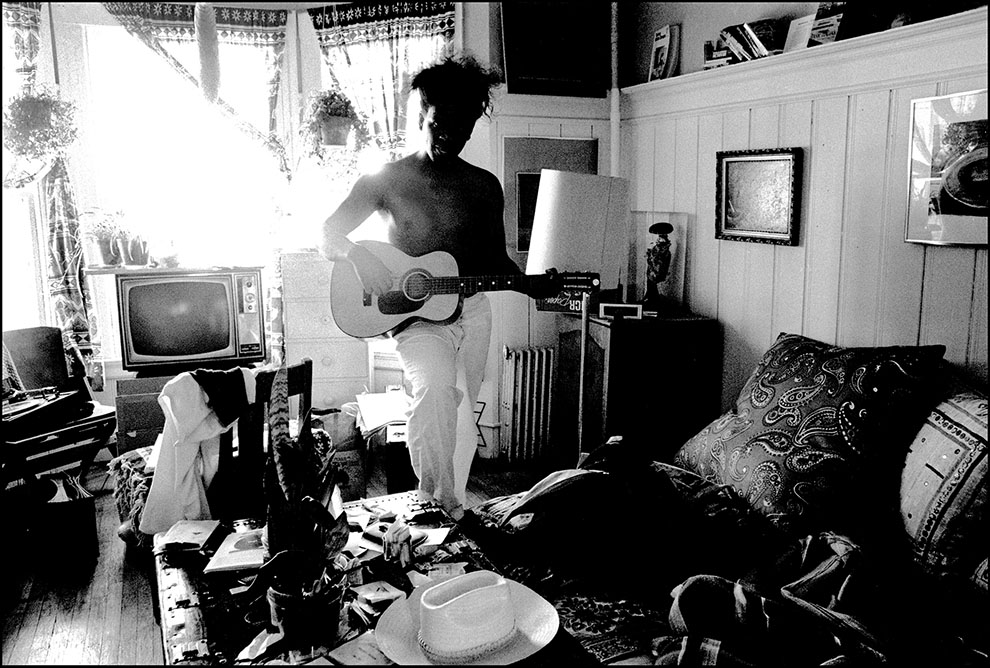
Snuky Tate
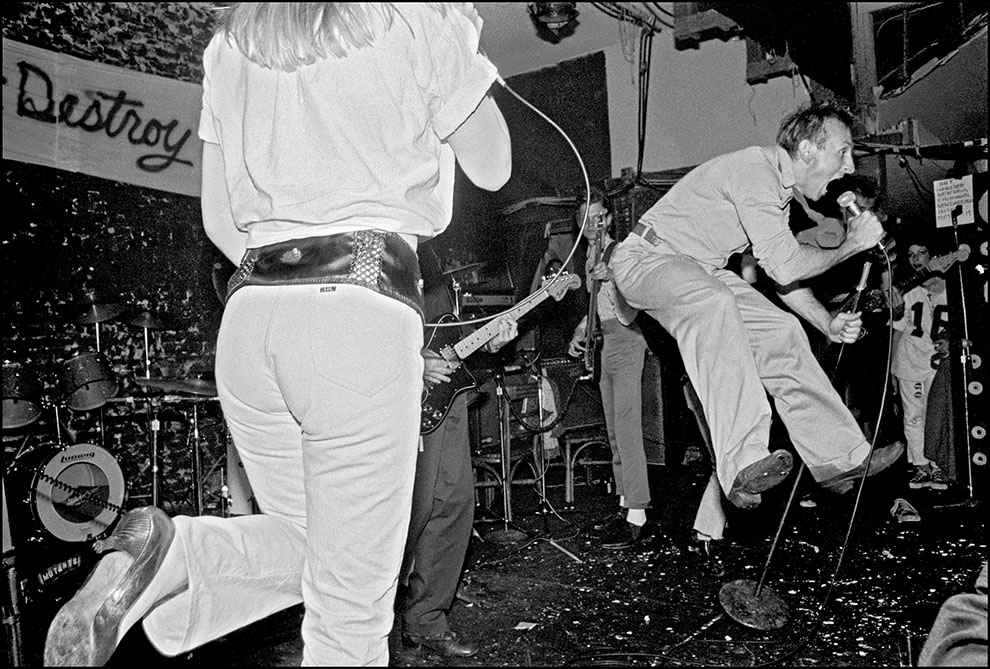
The Mutants play a benefit for Search & Destroy magazine
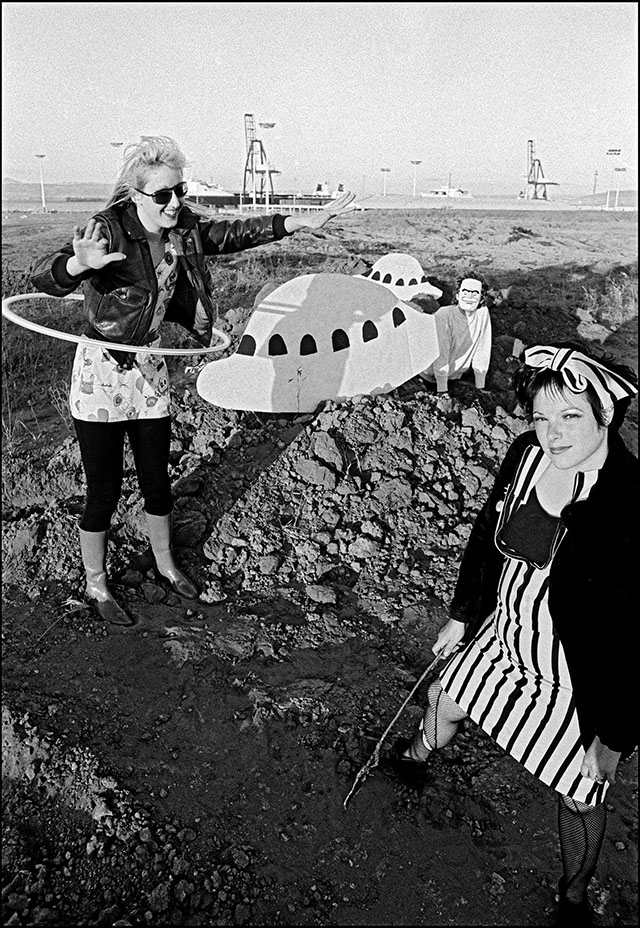
The Mutants play at the dump
